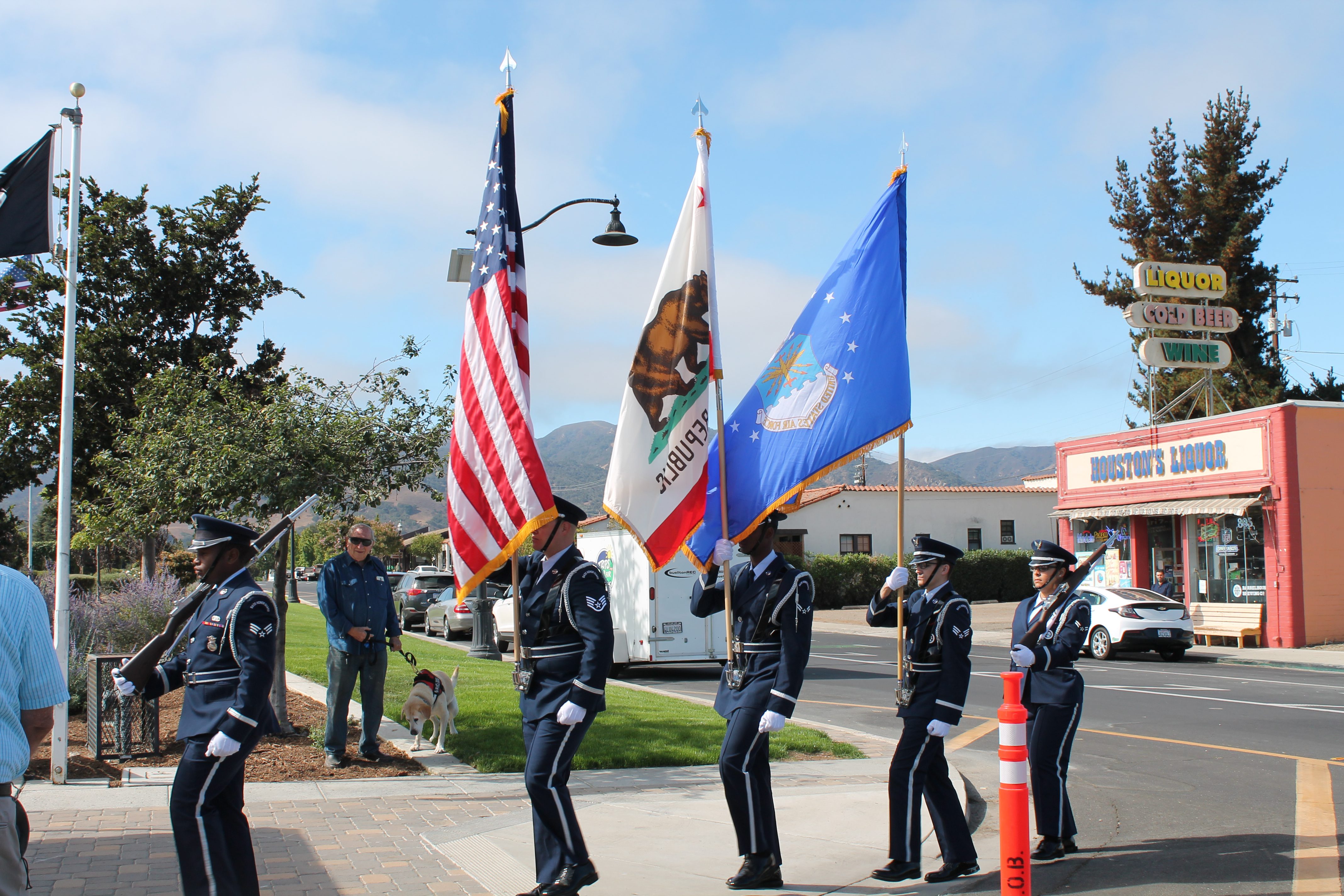By John Copeland
Contributing Writer
Sunday, June, 14th, is a birthday we often over look. It is the birthday of the American flag. As children, most of us learned about Betsy Ross sewing the first flag. But what about a couple of America’s famous flags, the Star Spangled Banner and Old Glory? Those are both tales that deserve to be remembered.
The Star Spangled Banner
In the early years of the 19th century, numerous disagreements between the United States and Britain had led the US to declare war on Britain. The British Navy, the mightiest in the world, began lining up outside Chesapeake Bay, threatening to halt shipping traffic into the port.
Major General George Armistead was the commander at Fort McHenry in Baltimore harbor on the Chesapeake. He wanted to send a strong message that America would defend its harbors. One way to do this was to hoist an oversized American flag above Fort McHenry and it would become one of the most famous American flags, the Star Spangled Banner.
Armistead knew just where to go for his flag. Flag maker Mary Pickersgill of Baltimore. Pickersgill, was well known and highly regarded.
General Armistead ordered a garrison flag measuring 30 by 42 feet with 15 stars and 15 stripes. It was a large flag, and he wanted it as soon as possible. Pickersgill delivered the flag to General Armistead six weeks later.
On September 13, 1814, Baltimore’s Fort McHenry withstood 25 hours of bombardment by the British Navy. The following morning, the fort’s soldiers hoisted the enormous American flag, a sight that inspired Francis Scott Key to write a poem he titled “The Star-Spangled Banner.” Originally set to the tune of an old English drinking song, it would later be adopted as the US national anthem.
The modern meaning of our flag was forged in December 1860 when Major Robert Anderson, acting without orders raised the Stars and Stripes over Fort Sumter in Charleston harbor in defiance of the new Confederate States of America. The Confederates opened fire on Fort Sumter and the garrison surrendered shortly after.
In the weeks after Fort Sumter, our flag took on a new meaning and was used throughout the North to symbolize the American nation and the rejection of secessionism. For the first time American flags began to be mass-produced rather than individually stitched. Even using Eli Whitney’s application of mass production, manufacturers could not keep up with demand for American flags.
Old Glory
In 1831, Captain William Driver, a shipmaster from Salem, Massachusetts, was presented a flag of 24 stars by before he departed on a voyage. As the banner opened to the ocean breeze, Driver exclaimed, “I name her “Old Glory,'” and Old Glory accompanied the captain on his all voyages.
Captain Driver retired from the sea in 1837 taking his treasured flag with him. He settled in Nashville, Tennessee. On patriotic days he displayed Old Glory from on a rope from his house to a tree across the street. By the time the Civil War broke out, nearly everyone in and around Nashville was familiar Captain Driver’s “Old Glory.”
When Tennessee seceded from the Union in 1861, Driver feared that Old Glory might be confiscated or destroyed by the Confederates. He sewed the flag inside a comforter hiding it. The Rebels were determined to destroy Old Glory, and repeatedly searched his home, but could discover no trace of the banner.
The Union army captured Nashville, in 1862, and raised a small American flag over the capital. Folks asked Captain Driver if “Old Glory” still existed. Captain Driver began ripping the seams of his bedcover and as the stitches unraveled, the onlookers peered inside and saw the 24-starred original “Old Glory!”
Captain Driver gently gathered up the old flag and returned with the soldiers to the capitol. Though he was sixty years old, the Driver climbed the tower to replace the smaller banner with his beloved flag. The Sixth Ohio Regiment cheered and saluted – and later adopted the nickname “Old Glory” as the motto of the regiment, telling and retelling the story of Captain Driver’s devotion to the flag we honor even today. His “Old Glory” became a nickname for all American flags.
Flag Day was first celebrated in 1877, on our flag’s 100th birthday. But, the idea of an annual day specifically celebrating the Flag is believed to have first originated in 1886 when Bernard Cigrand proposed an annual observance of the birth of the flag in an article he penned titled, “The Fourteenth of June” and published in the old Chicago “Argus” newspaper. It was another thirty years before becoming it became national observance. President Woodrow Wilson issued a proclamation calling for a nationwide observance of Flag Day on June 14, 1916. However, Flag Day did not become official until August 1949, when President Harry Truman signed legislation from Congress and proclaimed June 14 as Flag Day. In 1966, Congress also requested that the President issue annually a proclamation designating the week in which June 14 occurs as National Flag Week.
Flag Day, is a day for all Americans to celebrate and show respect for our flag, its designers and makers. Our flag is representative of our independence and our unity as a nation, with liberty and justice for all.
This year, instead of overlooking Flag Day, let us be reminded of what the day represents. Our flag has never been just a flag. Our flag is a time capsule that embodies the very essence of what it means to be American. Our flag is recognized on the 14th of June because that day in 1777 marked the beginning of its unparalleled journey of representing the past, present, and future of the United States of America.







